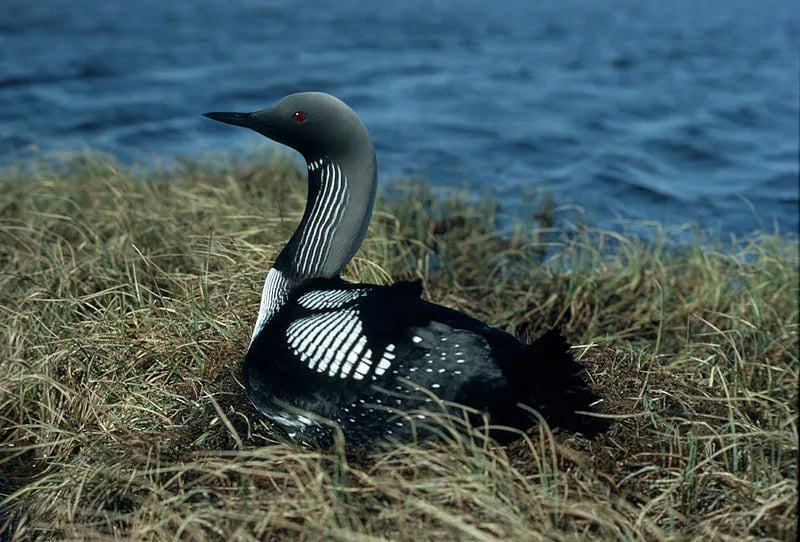Thermal conductivity
- Thermal conductivity refers to the ability of a substance to conduct heat
- The thermal conductivity of water is almost 30 times higher than that of air, which makes air a very good insulator for organisms living in colder climates
- The black-throated loon (Gavia arctica) is a species of diving bird which spends much time underwater catching its prey
- Their feathers trap an insulating layer of air, which assists them with regulating their body temperature

By Robert Bergman, Public domain, Wikimedia
The black-throated loon (Gavia arctica)
- The seal on the other hand, relies on a layer of fat called blubber to insulate it from the outside air
- Ice in its environment will also form an insulating layer above the water, since the thermal conductivity of ice is much lower than liquid water
- This increases the sea temperature below the ice as thermal energy is trapped




